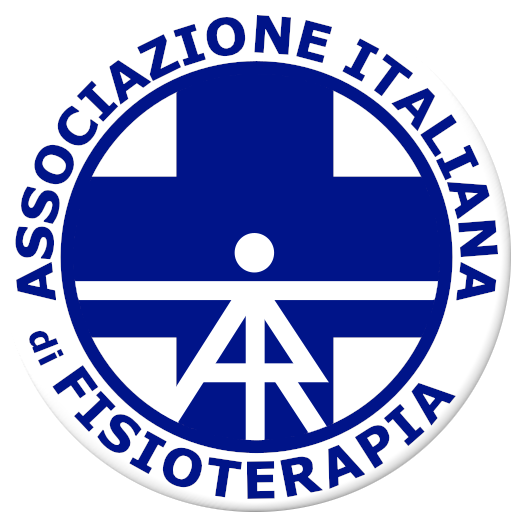l’uso dell’esercizio terapeutico conoscitivo e dell’immagine motoria tramite whatsapp per i recupero di una paralisi del faciale
Therapeutic exercise using motor imagery to recover facial palsy via WhatsApp
Introduction
A 33-year-old woman, she had been diagnosed with acoustic neuroma which required excision surgery.
After the surgical removal, the patient showed hypoacusis, tinnitus and facial paralysis presenting with positive Bell’s and Nigro’s signs, right lagophthalmos, complete naso-labial groove and right frontal wrinkles smoothing (House-Brackmann classification: IV degree).
The rehabilitation plan was immediately started but, two days later, it had to be stopped because of lockdown, therefore, to ensure the continuity of rehabilitation services, we thought to use motor imagery through telerehabilitation.
Methods
The patient, because of the lockdown, was followed for 4 months remotely, using the asynchronous modality, through text messages, to give the patient more time to understand the exercises.
In each session, the physiotherapist sent the patient some photos, which illustrate human emotions, and asked to study the pictures and to take a few minutes breathing deeply to improve calm and concentration.
After that, she was asked to close her eyes and recall the pictures: she had to try to describe what she could remember, paying attention to all those details that she considered important to communicate a shared emotion.
Results
After 10 months of treatment, the patient showed right facial palsy improvement: there was a slight nasolabial groove flattening and a slight left oral rime deviation while smiling (House-Brackmann classification thus improved from IV to III degree).
Discussion and Conclusion
Our hypothesis was that motor imagery could improve the recovery of facial function even if there is a lack of guidelines and high-quality scientific works on the effectiveness of rehabilitation in recovering from facial palsy, further studies are needed to support telerehabilitation through motor imagery in facial injuries.
REFERENCES
No references
